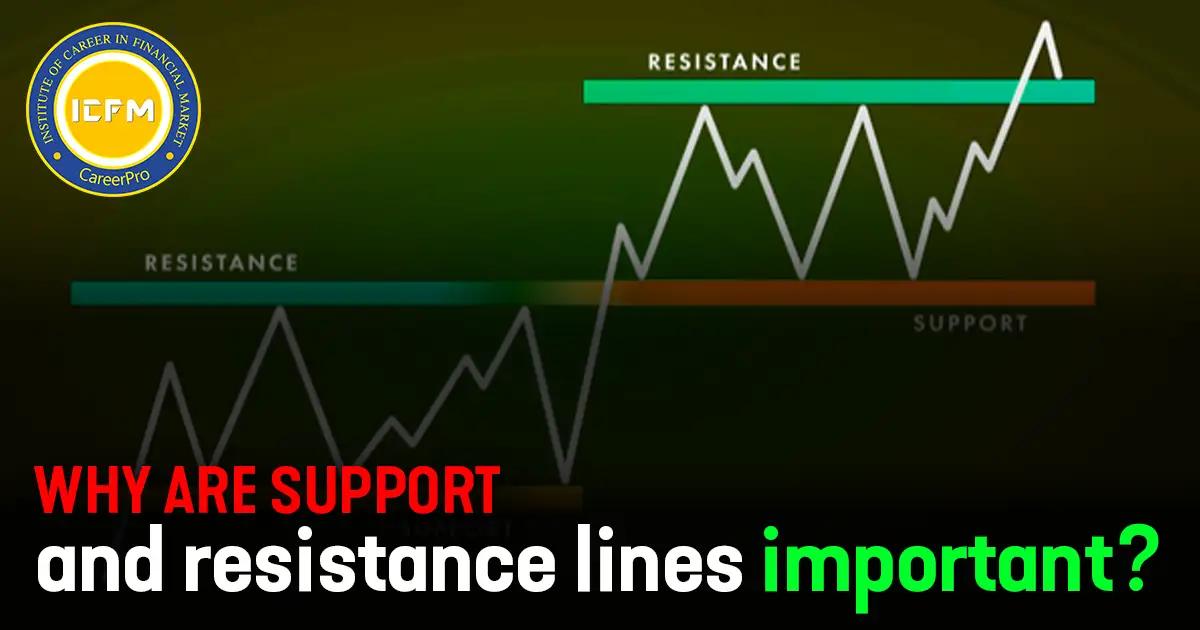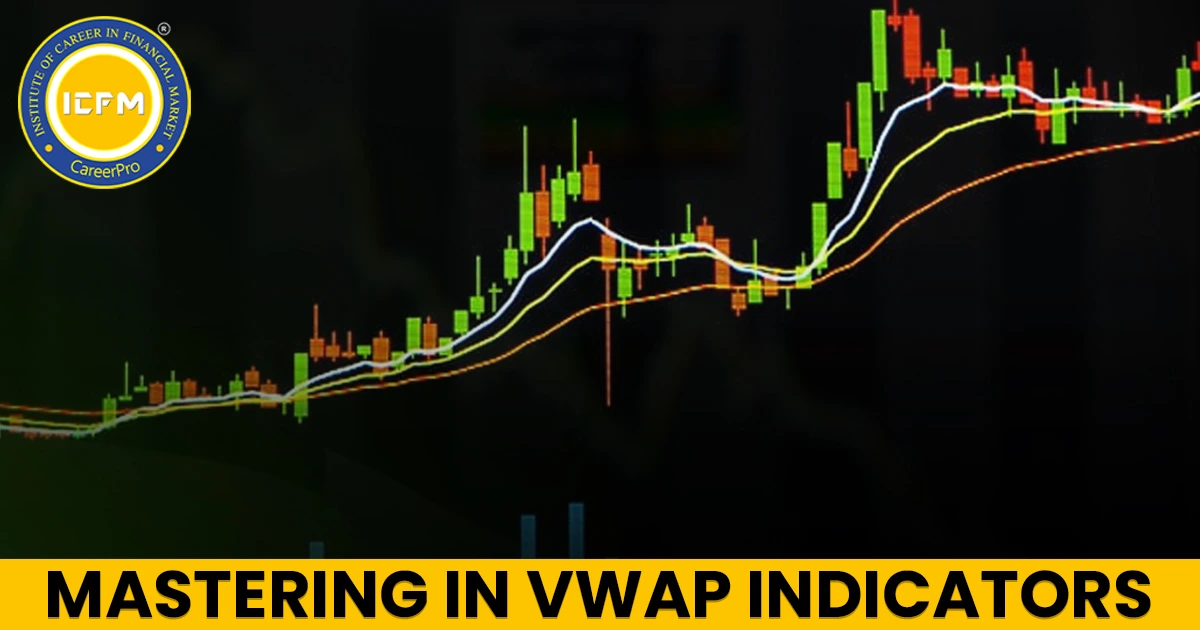Understanding Support and Resistance Lines:
Support and resistance lines are basically integral yet simple pieces forming any trading process in stocks, forex, and cryptocurrencies. The reasons they will be of paramount importance are because support and resistance lines find themselves as part of the major concepts forming integral parts of market dynamics. Often, while trying to understand and navigate through dynamic trading processes, evolutions related to resistance and support lines prove crucial while making decisions.
What Are Support and Resistance Lines?
Support is that price level where a downtrend can halt because of the existence of buying interest. At such a price level, buyers are known to intervene because they feel that the asset is undervalued. As such, it tends to bounce back from that level.
Resistance, however, is the price level at which a rising trend will likely pause due to congestion of selling interest. When the prices reach this level, the sellers often come into the market by thinking it's overpriced and that such a price cannot be sustained, and then there might be a pullback.
Why Support and Resistance Matter:
1. Market Psychology
Price support and resistance levels reflect the human psychology of market participants. They are, therefore, formed by a collective action of traders and are thus important points of interest. It gives a sense of future price actions in terms of where the traders will buy or sell.
2. Decision-Making Tools
Support and resistance are used in entry and exit; the sellers know well when to sell near the resistance level or buy near the support level, enhancing the chances of good trades. These lines will help to fix stop-loss and take-profit orders, which is a part of risk management.
3. Trend Reversal Indicators
When the price breaks through a support or resistance level, often, it acts as an indicator of a trend reversal. A break below support may indicate a bearish trend while a break above resistance is often believed to portend bullish momentum. Such breakouts are very vital for traders looking to capitalize on new trends.
4. Volume Confirmation
The strength of a support or resistance can often be confirmed with trading volume. If the support level holds strong on rising trading volume, this may be interpreted as strong buying interest. Conversely, if a resistance level breaks up on high volume, it can be interpreted as a strong bullish trend confirmation. Volume analysis in such a way helps traders evaluate the legitimacy of price movements.
5. Strategy Construction
Support and resistance levels can be incorporated into many trading systems, such as range, trend, or breakout strategies. With such identification, a trader can refine the strategy to minimize losses and maximize profits.
How to Identify Support and Resistance Levels:
1. Historical Price Information
Identify prior turning points in the market. Prior support and resistance usually become future resistance and support.
2. Moving Average
Although various moving averages can be used, the 50-day and 200-day averages are among the most common ones. This latter pair behaves like dynamic support and resistance levels. Often, prices tend to find support around these average levels, making the analyst work with additional points.
3. Trendlines
Sloped support and resistance levels are provided by a series of higher lows if it is an uptrend or by lower highs if it is a downtrend when connecting these succeeding points. Trendlines help in predicting the price's future movements.
4. Fibonacci Retracement Levels
Many traders make use of the levels from a Fibonacci retracement in finding where on the mathematical ratios in a Fibonacci sequence there is a likelihood of either support or resistance.
Conclusion
Support and resistance levels are the crème de la crème that a trader can use in the complex financial markets to understand the psychology of the marketplace, formulate trading strategies, and outline points of possible trend inversion. Proper mastery of the ways, techniques, and factors of determining and analyzing support and resistance levels will maximize the decision-making process and increase one's chances of success in the market.









